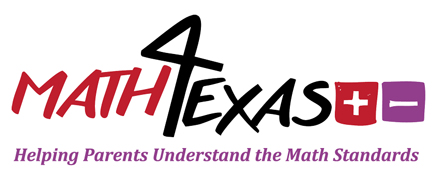T.I.P.S.
-
 Students use what they have learned in kindergarten and first grade to now add a string of two-digit numbers (up to four numbers) and subtract two-digit numbers. Students should use the strategies of partial sums, partial differences, standard algorithm, strip diagrams, and number lines to determine these sums and differences.
Students use what they have learned in kindergarten and first grade to now add a string of two-digit numbers (up to four numbers) and subtract two-digit numbers. Students should use the strategies of partial sums, partial differences, standard algorithm, strip diagrams, and number lines to determine these sums and differences.
Example
-
You may need paper and pencil to solve the following problem situations.Cody and Jill are playing with toy trucks at Cody’s house. 25 of the trucks are blue, 19 of the trucks are yellow, 15 of the trucks are green, and 48 of the trucks are pink.a) How many trucks are Cody and Jill playing with? Explain the thinking you used to solve the problem.
b) How many more pink trucks are they playing with than yellow trucks? Explain the thinking you used to solve the problem.
Resources
-
Click on the following links for more information.
TEKS
-
2.4 Number and operations. The student applies mathematical process standards to develop and use strategies and methods for whole number computations in order to solve addition and subtraction problems with efficiency and accuracy. The student is expected to:(B) add up to four two-digit numbers and subtract two-digit numbers using mental strategies and algorithms based on knowledge of place value and properties of operations





 Click
Click 

